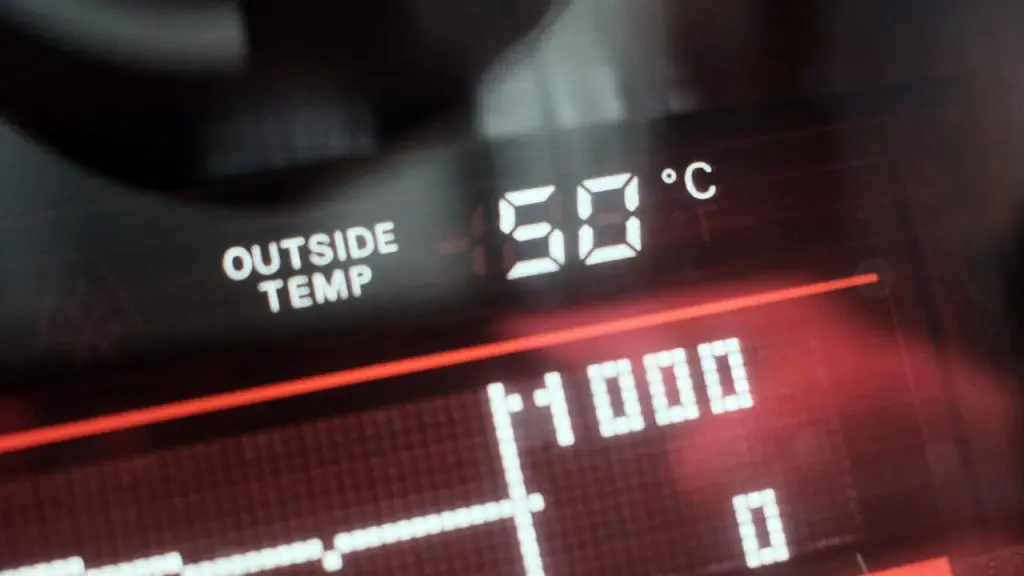
In May 2025, the Middle East experienced unprecedented heatwaves, with temperatures soaring to record-breaking levels across several countries.
Record-Breaking Temperatures
The United Arab Emirates (UAE) reported its highest May temperature on record, reaching 51.6°C (124.9°F) on May 24, 2025. This surpassed the previous record of 50.4°C (122.7°F) set just two days earlier in Al Shawamekh, Abu Dhabi .
In Kuwait, the city of Jahra recorded a high of 47.5°C (117.5°F), one of the highest temperatures ever observed in the country. In Iraq, Amarah reached 47.6°C (117.7°F), setting a new national record for May. Qatar’s Sudanthile recorded 47.0°C (116.6°F), approaching the national May record of 47.7°C (117.9°F) set in previous years.
The city of Omidieh in Iran recorded a temperature of 51.0°C (123.8°F) on May 22, 2025, tying the country’s record for the highest temperature in May.
In Abqaiq, Saudi Arabia, +52,2°C was measured.
The heatwave coincided with the Hajj pilgrimage, raising concerns about the health and safety of pilgrims. The Saudi Ministry of Health reported five cases of heat exhaustion among pilgrims, all of whom received prompt medical attention and were stabilized.
In response to the extreme heat, Saudi authorities issued warnings to pilgrims, advising them to take precautions such as using umbrellas for shade and staying hydrated. The National Centre for Meteorology (NCM) emphasized the importance of these measures to mitigate the risks associated with the high temperatures.
Main Factors Leading to the May 2025 Middle East Heatwaves
1. Persistent High-Pressure Systems (“Heat Dome”)
One of the primary drivers of the May 2025 heatwaves was the formation of a strong and persistent high-pressure ridge over the Middle East region. This “heat dome” created a stable atmosphere with sinking air that suppresses cloud formation and precipitation, allowing solar radiation to heat the surface intensely.
- The subsiding air in the high-pressure system compresses and warms up, leading to prolonged dry and hot conditions.
- Such high-pressure ridges also block the passage of cooler air masses, trapping heat near the surface for days or weeks.
2. Large-Scale Atmospheric Teleconnections
While many teleconnections were in neutral or weak phases during May 2025, some contributed indirectly:
- The warm phase of the Atlantic Multidecadal Oscillation (AMO) supported warmer sea surface temperatures in the North Atlantic and Mediterranean, reinforcing stable pressure systems.
- Variability in the North Atlantic Oscillation (NAO) and Arctic Oscillation (AO) likely influenced the positioning of jet streams and storm tracks, favoring the persistence of high-pressure over the Middle East.
Though ENSO and Indian Ocean Dipole (IOD) were mostly neutral, their background effects on global atmospheric circulation cannot be completely discounted.
3. Reduced Moisture and Dry Conditions
Dry soils and reduced atmospheric moisture amplify heatwaves by lowering evaporative cooling. In May 2025, several areas in the Middle East experienced below-average rainfall leading into the season, which:
- Reduced soil moisture availability, limiting evaporative cooling.
- Allowed ground temperatures to rise more quickly and reach higher extremes.
- Contributed to a feedback loop, where heat dries soils further, intensifying the heatwave.
4. Global Warming and Climate Change
The background trend of anthropogenic global warming plays a crucial role by raising baseline temperatures and making extreme heat events more frequent and intense:
- The Middle East is warming faster than the global average, increasing vulnerability to heatwaves.
- Climate models suggest that under current greenhouse gas emission trajectories, heatwaves in the region will become longer, more severe, and more frequent.
- The May 2025 event fits into this pattern of intensified heat extremes linked to climate change.
5. Local and Regional Factors
Wind Patterns: Reduced ventilation and stagnant winds during May 2025 helped trap hot air near the surface.
Urbanization: Expanding urban areas in the Middle East create heat islands, exacerbating local temperatures.
Sea Surface Temperatures: Warmer seas in the Red Sea and Persian Gulf can influence local humidity and pressure patterns, potentially intensifying heat episodes.

An illustration image.


























